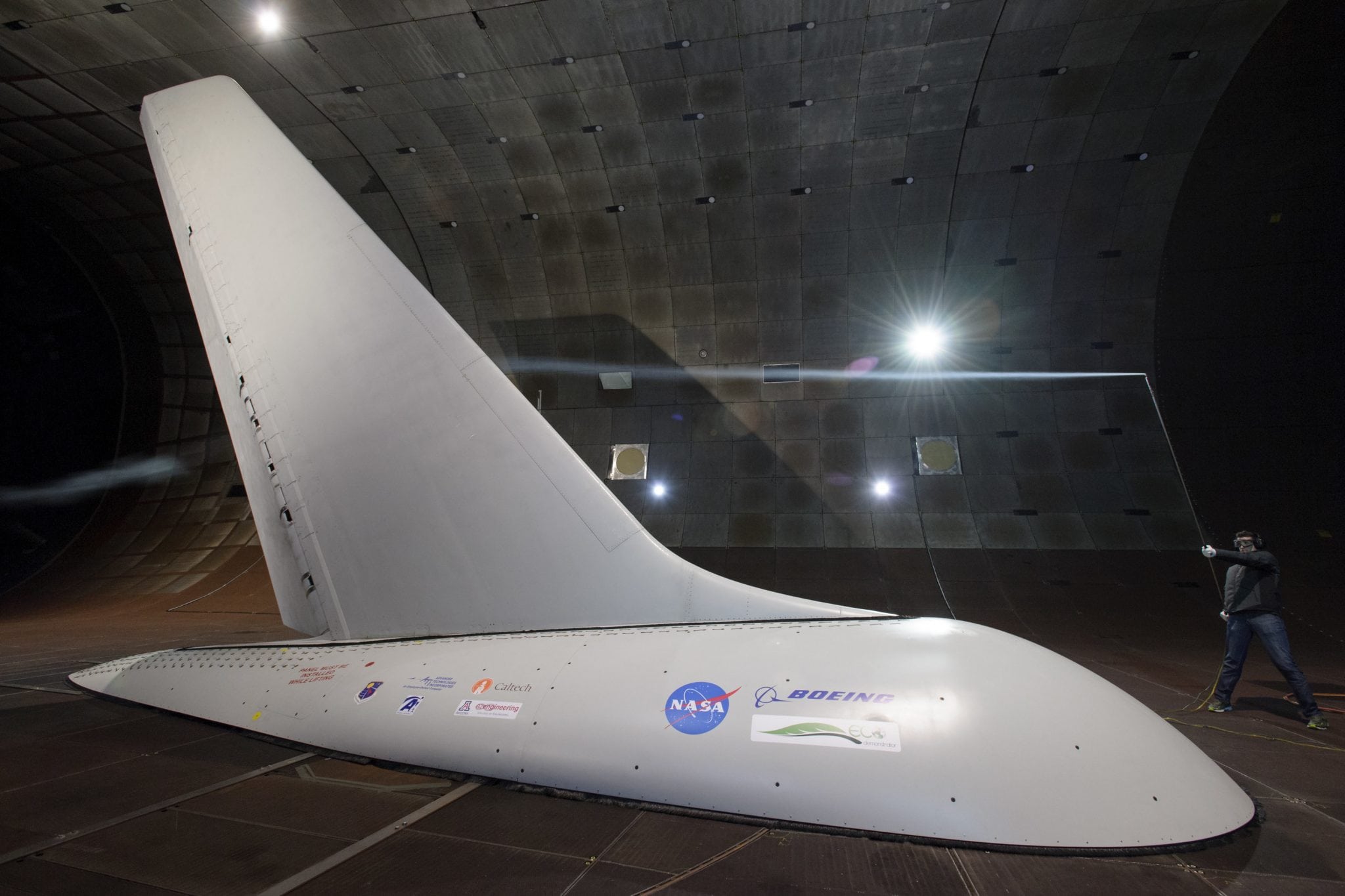 |
| Researchers with NASA’s Environmentally Responsible Aviation project coordinated wind-tunnel tests of an Active Flow Control system — tiny jets installed on a full-size aircraft vertical tail that blow air — to prove they would provide enough side force and stability that it might someday be possible to design smaller vertical tails that would reduce drag and save fuel. Photo: NASA |
[Avionics Today 01-05-2016] NASA believes the nation’s airlines could realize more than $250 billion dollars in savings in the near future as a result of green-related technologies developed and refined by NASA’s aeronautics researchers over the last six years. The new technologies, developed under the purview of NASA’s Environmentally Responsible Aviation (ERA) project, which ran from 2009 to 2015, could cut airline fuel use in half, pollution by 75 percent and noise to nearly one-eighth of today’s levels, according to the U.S. government organization.
The ERA aimed to explore and document the feasibility, benefits and technical risk of inventive vehicle concepts and enabling technologies that would reduce aviation’s impact on the environment. Project researchers focused on eight major integrated technology demonstrations falling into three categories: airframe technology, propulsion technology, and vehicle systems integration.
The initiative cost $400 million in investment from NASA, with another $250 million in-kind resources invested by industry partners who were involved in ERA from the start. Information and results regarding each of these technology demonstrations were categorized and stored for future access and use by the aerospace industry.